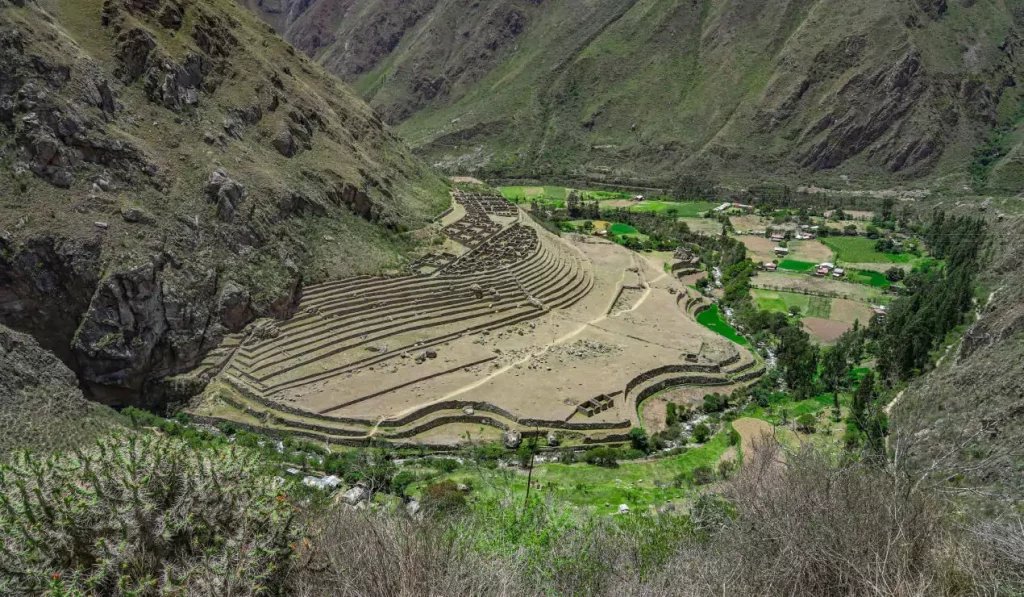The discovery of Llaqtapata, an important Inca archaeological site in the Peruvian Andes, is attributed to the famous American explorer and archaeologist Hiram Bingham III. In 1911, Bingham led an expedition that took him to Machu Picchu, the lost city of the Incas, which was already known to the locals, but had not yet been widely publicized in the Western world.
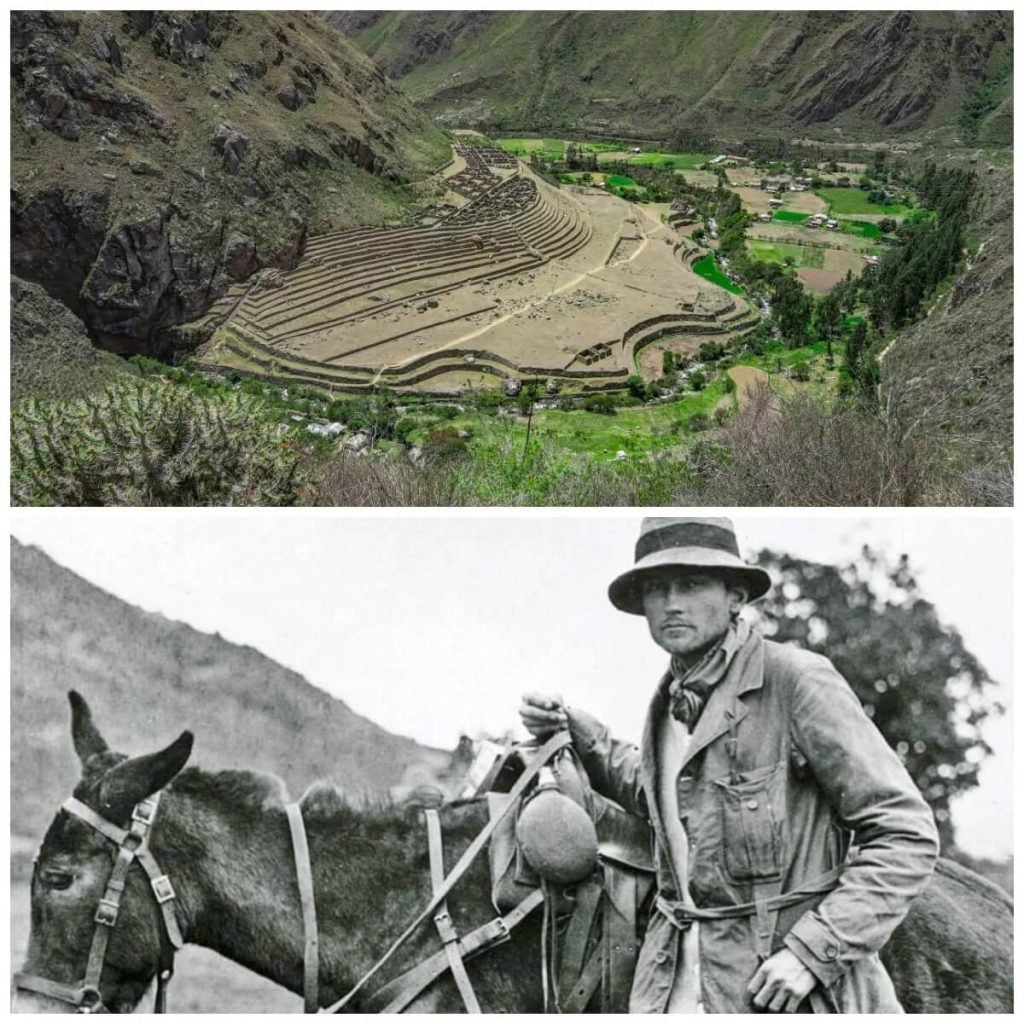
It was during this expedition that Hiram Bingham and his team also found Llaqtapata, although they initially concentrated mainly on the exploration of Machu Picchu. The discovery of Llaqtapata is considered a secondary discovery in relation to the historical importance of Machu Picchu, but it contributed to the growing understanding of the rich archaeological and cultural heritage of the Incas in the region.
Llaqtapata, with its ruins and agricultural terraces, offered more information about the Inca civilization, its architectural skills and agricultural practices. Although at the time the discovery of Llaqtapata was overshadowed by the grandeur of Machu Picchu, over the years it has gained recognition as an important archaeological site that contributes to our understanding of Peru’s past and the Inca civilization.
Llaqtapata: A journey through Andean culture and traditions
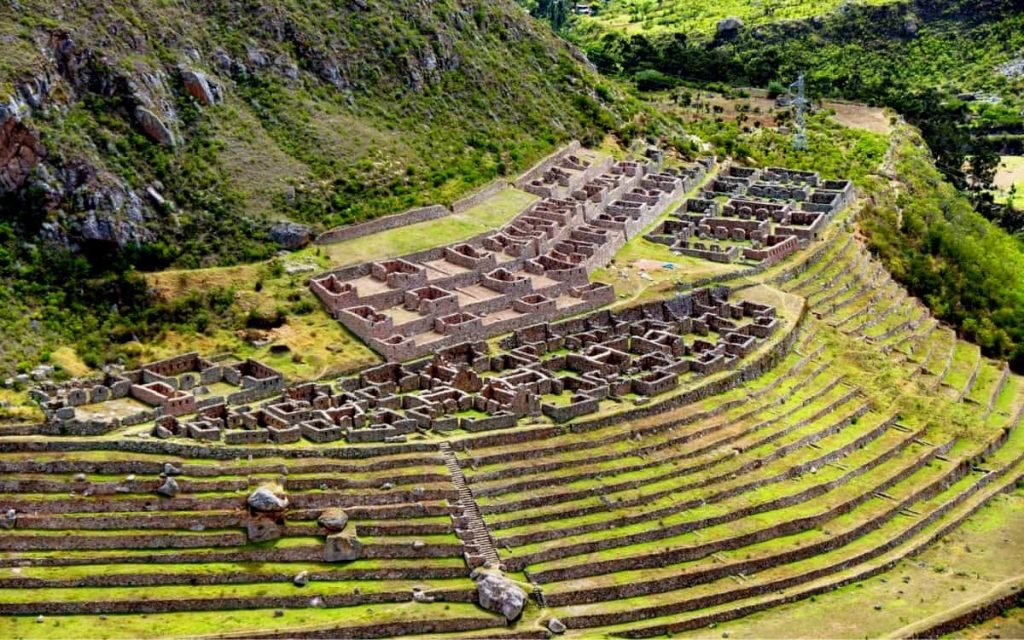
Llaqtapata, an archaeological enclave nestled in the mountains of the Peruvian Andes, is more than just a collection of ancient ruins; it is a portal to a fascinating journey into the heart of Andean culture and traditions. This site, whose name means “High Town” in Quechua, offers a glimpse into the cultural richness that flourished in the highlands of Peru and continues to enchant travelers and scholars from around the world.
The Andean landscape and its influence on culture
Llaqtapata is strategically located, offering spectacular views of the majestic mountains, lush valleys and winding rivers that characterize the Andean landscape. The rugged topography, which challenged the ingenuity of the ancient inhabitants, also shaped Andean culture. The Incas, who inhabited this region, learned to live in harmony with the land, molding their traditions according to the peculiarities of the geography.
Llaqtapata: High altitude crops and agricultural terraces
One of the most remarkable traditions of the Andes is high-altitude agriculture. The Incas developed ingeniously constructed agricultural terraces on mountain slopes, such as those found at Llaqtapata. These terraces not only made it possible to produce food in difficult environments, but were also a demonstration of the Incas’ profound knowledge of soil management and cultivation at different altitudes.
Andean myths and spirituality
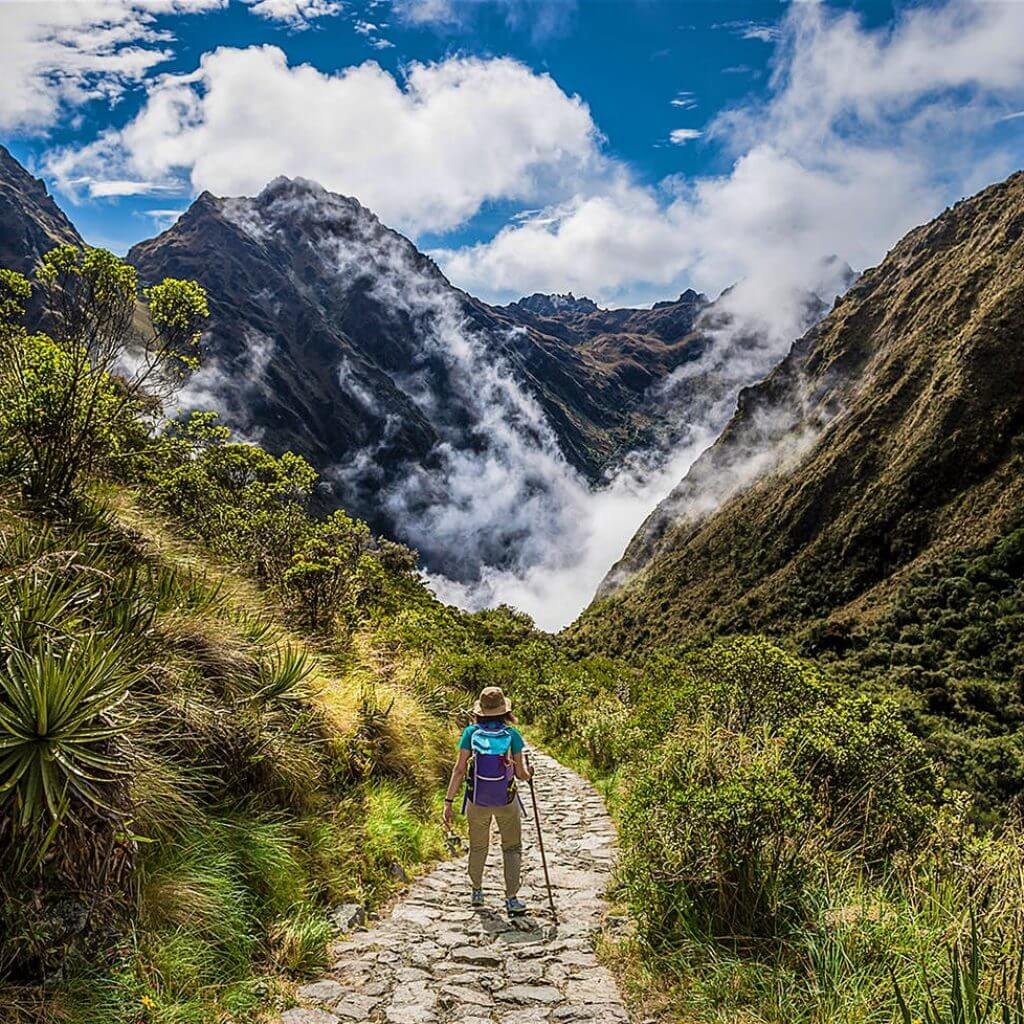
Andean culture is deeply spiritual, and Llaqtapata is a reflection of that spirituality. The Incas believed that the mountains, rivers and natural elements had their own deities, and honoring them was essential to their survival and well-being. Llaqtapata was a sacred place where special rituals were performed to honor the gods, such as Inti, the sun god, who had a special importance in the life of the Incas.
Andean handicraft traditions and textiles
Andean culture is also known for its handicraft and textile traditions. Andean craftsmanship is reflected in its clothing, tapestries and ritual objects. The vibrant colors, intricate designs and natural materials used in Andean creations tell profound stories of cultural heritage and traditions passed down from generation to generation.
The contemporary relevance of Andean traditions
Today, Andean culture and traditions continue to play a vital role in the lives of local communities. Andean weaving, music, dance and cuisine are kept alive, providing a window into the past and a connection to cultural roots. In addition, high-altitude agriculture continues to be an important practice, as ancestral techniques have proven resilient to climate change.
A trip to Llaqtapata is much more than an archaeological exploration; it is an immersion into the rich cultural tapestry of Andean traditions. This historic site not only transports us back in time to understand the past of the Incas, but also connects us to the traditions and spirituality that continue to thrive in Andean communities today. It is a reminder that ancient cultures leave a lasting imprint on the landscape and the souls of the people who inhabit them.
Llaqtapata: an immersion in Peruvian history and nature
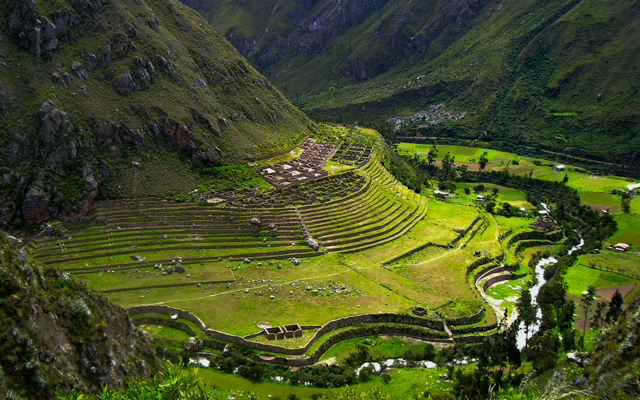
In the heart of the majestic Peruvian Andes, Llaqtapata stands as a living monument to Peru’s rich historical heritage and natural beauty. This place, whose name means “High Town” in Quechua, offers a unique experience, inviting visitors to delve into the history and breathtaking nature of this South American country.
A window to Inca history
Llaqtapata is much more than a collection of ancient ruins; it is a portal to the glorious past of the Inca civilization. Impressive constructions, meticulously carved agricultural terraces, and vestiges of rituals and ceremonies reveal the remarkable architectural and spiritual knowledge of the Incas. Each precisely placed stone tells the story of a civilization that thrived in the high altitudes of the Andes for centuries.
Llaqtapata: Spiritual connection with nature
Inca culture was deeply linked to nature and the deities that inhabited it. Llaqtapata, with its strategic location and panoramic views of the mountains, was a sacred place where special rituals were held in honor of the sun god, Inti, and other nature gods. Visitors to Llaqtapata can feel this spiritual connection by watching the sun set over the majestic mountains or strolling through the agricultural terraces that were used for offerings.
The natural beauty of the Andes
In addition to its historical importance, Llaqtapata is surrounded by an impressive natural landscape. The Andean mountains, covered with lush vegetation, create an impressive backdrop that offers a unique visual and sensory experience. The rivers that meander through the region contribute to the fertility of the soil, making it an ideal place for high-altitude agriculture.
Preservation and awareness
The conservation of Llaqtapata is crucial to ensure that future generations can continue to enjoy this immersion in Peru’s history and nature. Awareness-raising plays a vital role in this process. Visitors are encouraged to respect conservation rules, not to disturb the ancient structures and to leave the site as intact as they found it. Education about the historical and natural importance of Llaqtapata is also key to ensuring its long-term protection.
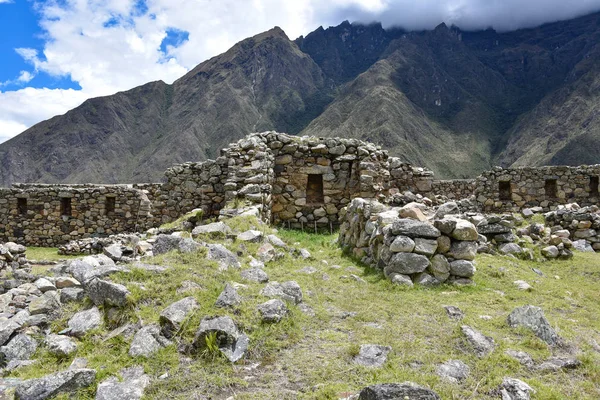
Conclusion
Llaqtapata is a destination that captivates lovers of history, spirituality and nature. It is an opportunity to travel back in time and explore the ancient traditions of the Incas, while marveling at the beauty of the Andean landscapes. Llaqtapata reminds us that Peru is a country that has much to offer, both for its rich history and its breathtaking nature, and is an invitation to a unique journey of discovery and appreciation.

